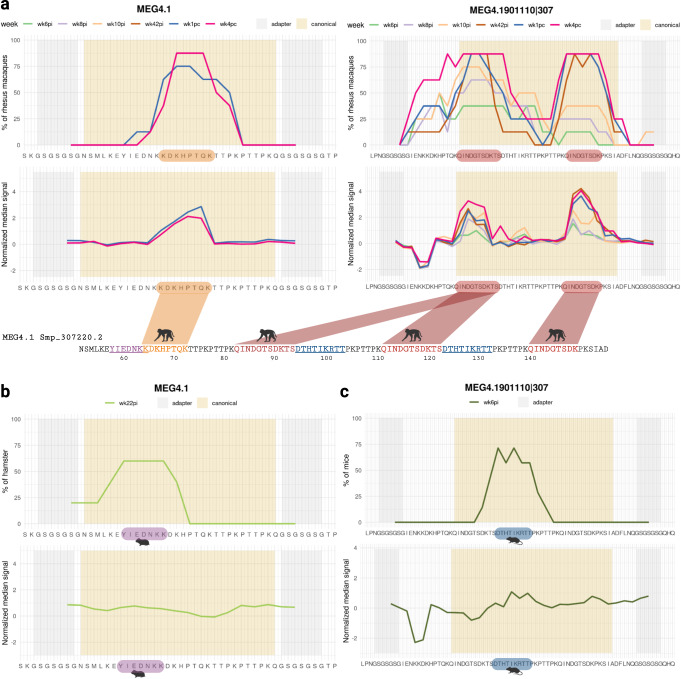Fig. 8. S. mansoni MEG-4.1 epitope mapping with reactive plasma from rhesus macaques.
a A peptide segment from MEG-4.1 (Smp_307220.2) (left panels) and a 58-mer phage-peptide from a MEG-4.1 in silico-designed splice variant (right panels) that were included in the peptide microarray are shown at the bottom of each chart; microarray adapter stretches at both ends of the sequences are highlighted with a grey background, while canonical positions have a salmon background. The upper charts represent the percentage of rhesus macaques (out of 8 animals) exhibiting antibody reactivity against epitopes from that peptide, and each line color represents a different week post-infection (wk6pi, wk8pi, wk10pi, wk42pi) or post-challenge (wk1pc and wk4pc) (legends on top of upper charts). The lower charts depict the median normalized signal intensities at each week post-infection/challenge. The colored blocks at the lowermost sequence in each panel highlight the epitopes recognized by at least 50% of rhesus macaques (out of 8 animals); some motifs that are underlined were recognized by sera from infected hamsters or infected mice, and each color denotes distinct epitopes or different species (see below). b Upper chart shows the fraction of hamsters (out of 5 animals) exhibiting week 22 post-infection (wk22pi) serum reactivity against an epitope from that peptide sequence. Lower chart represents the median normalized signal intensities. c Upper chart shows the fraction of mice (out of 7 animals) exhibiting week 6 post-infection (wk6pi) serum reactivity against an epitope from that peptide sequence. The lower chart represents the median normalized signal intensities. Images created with Biorender.com.

